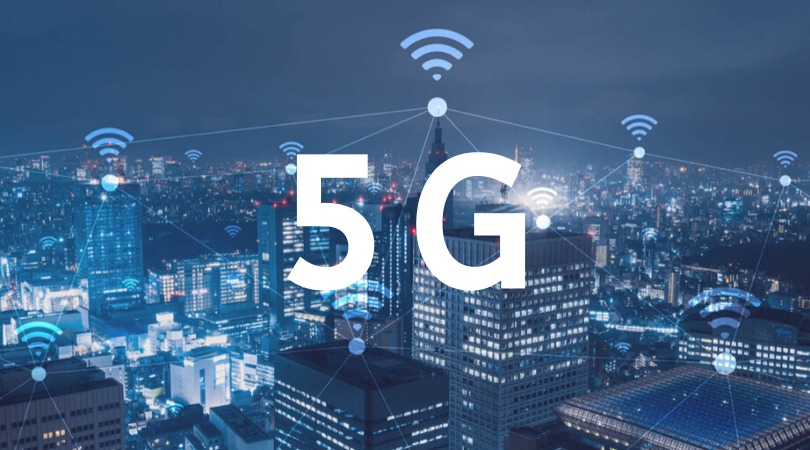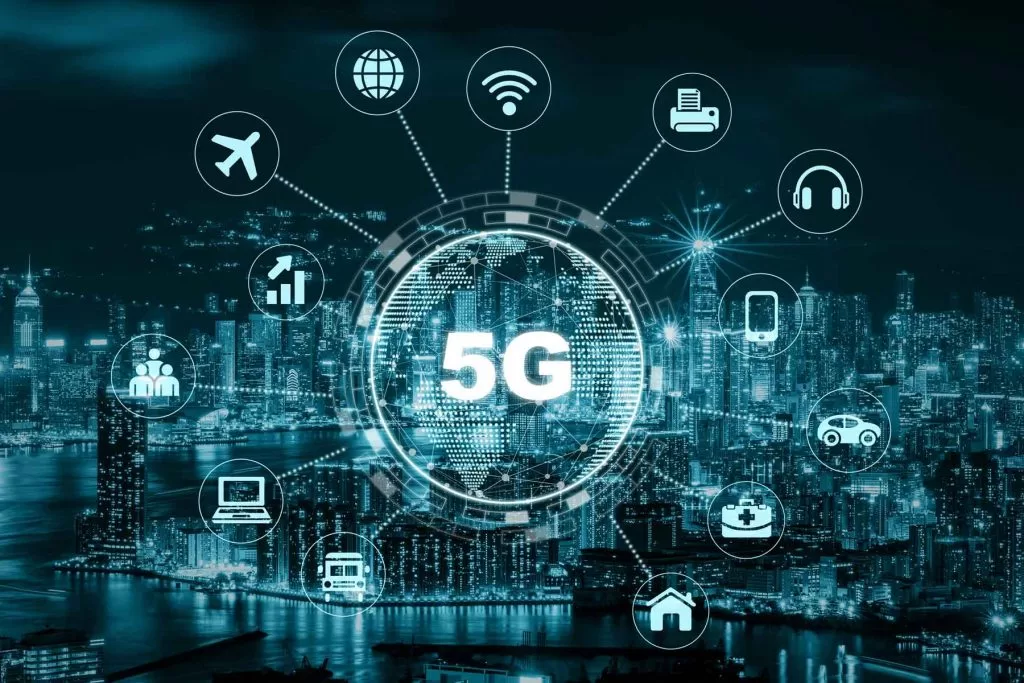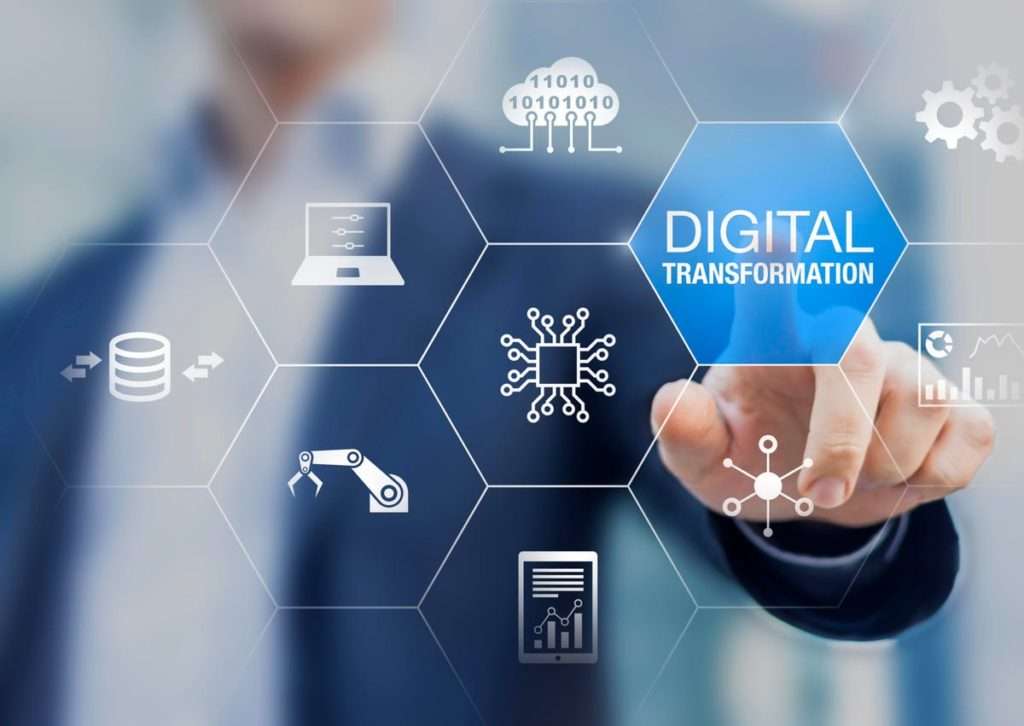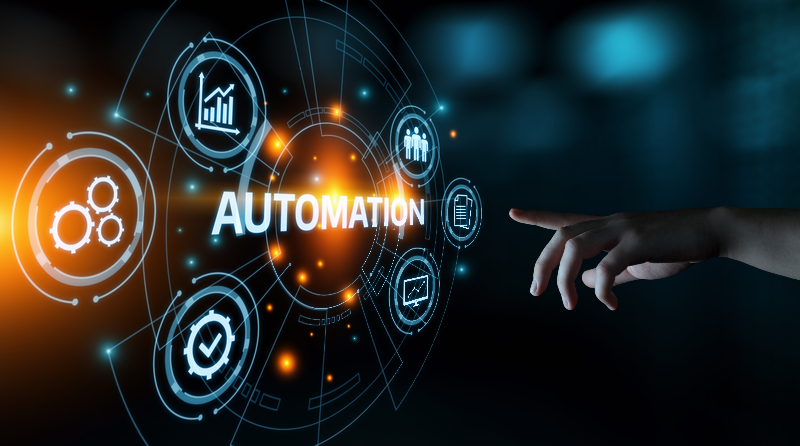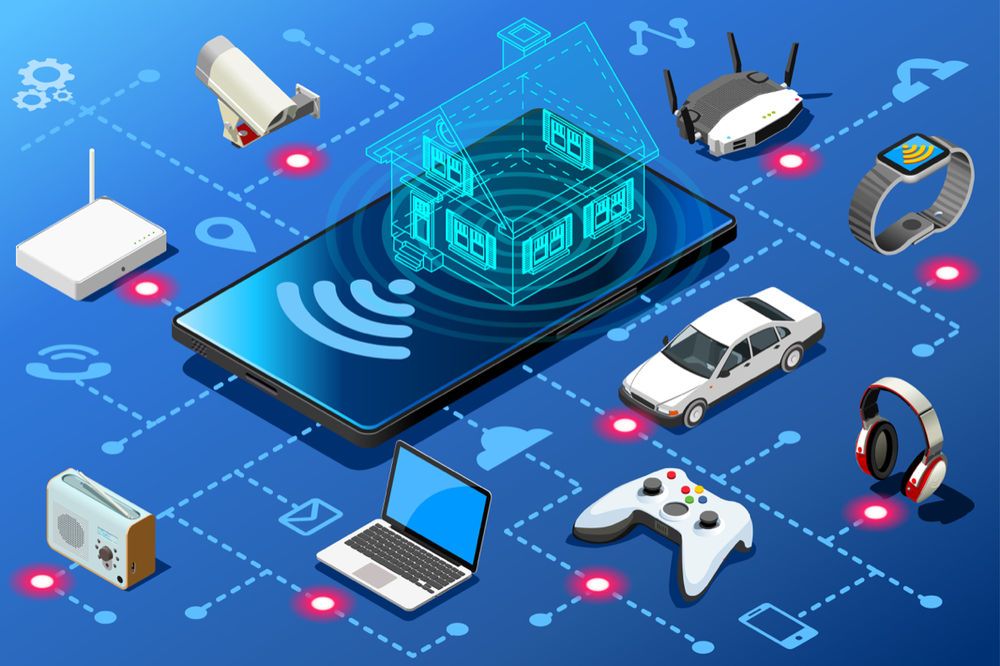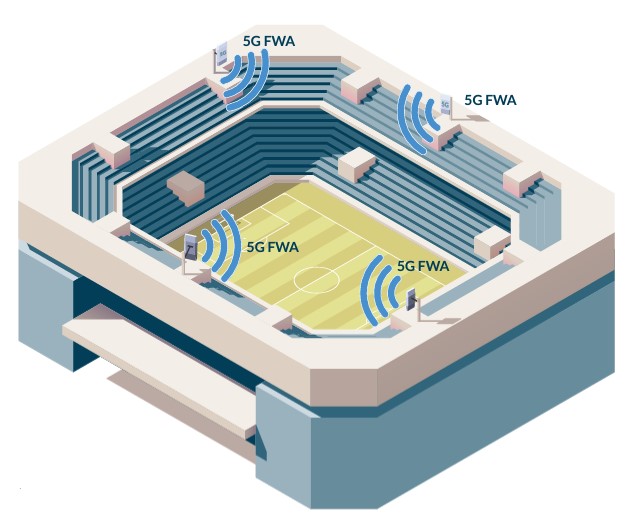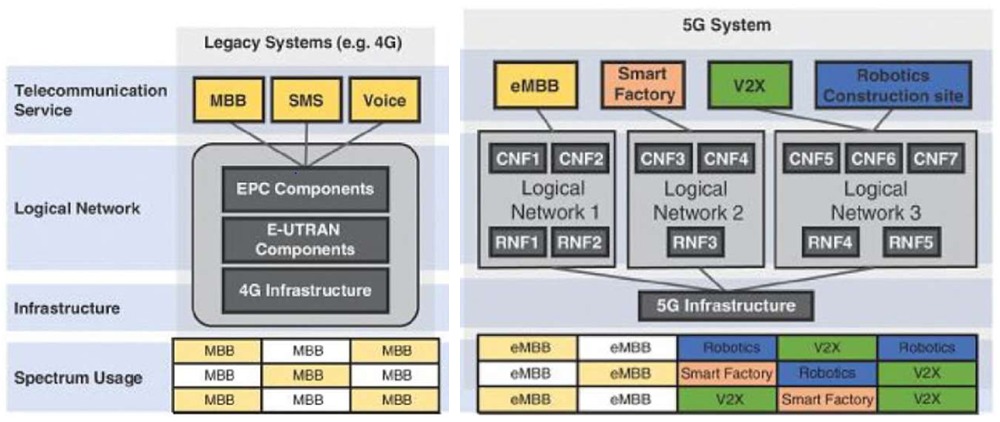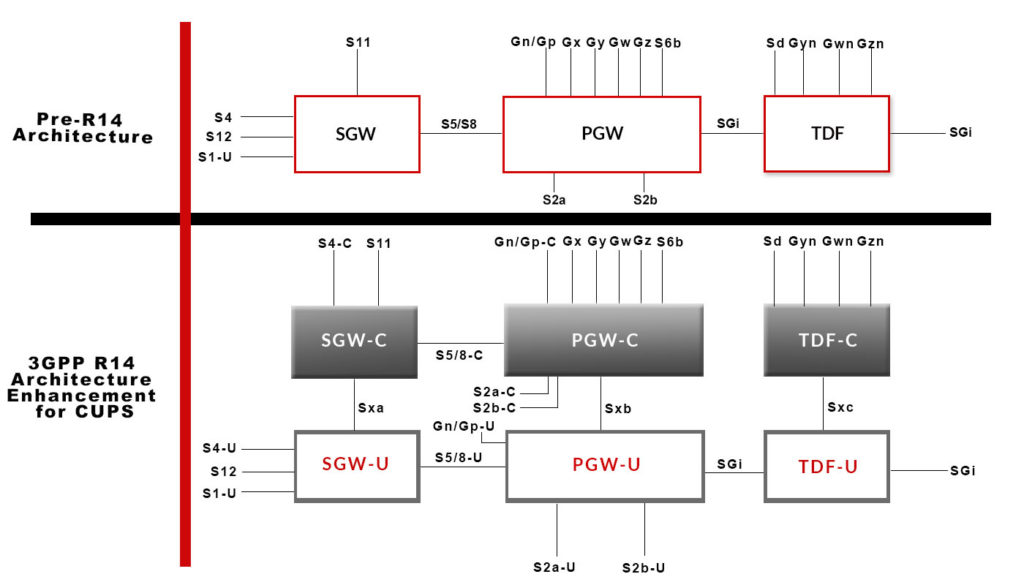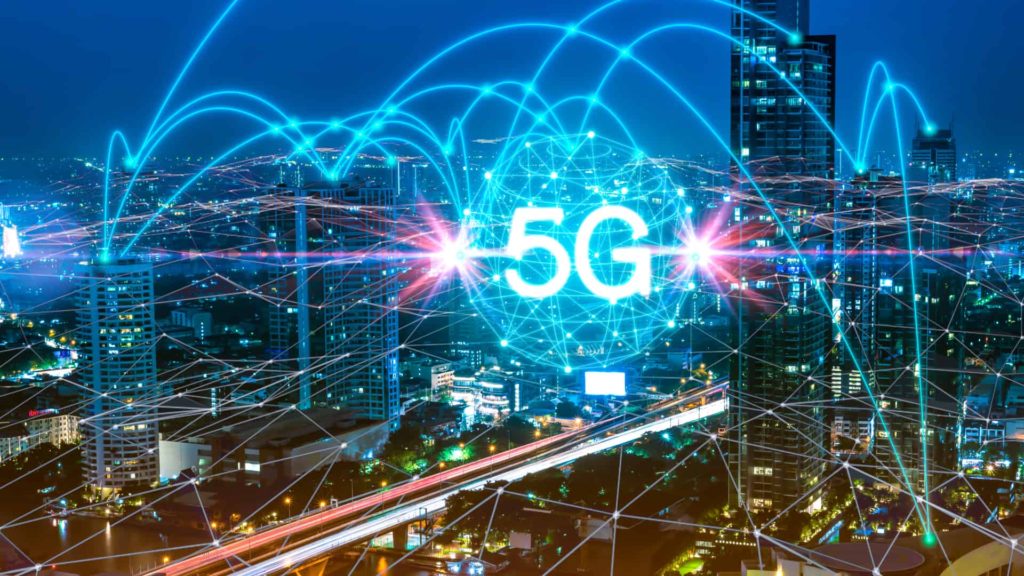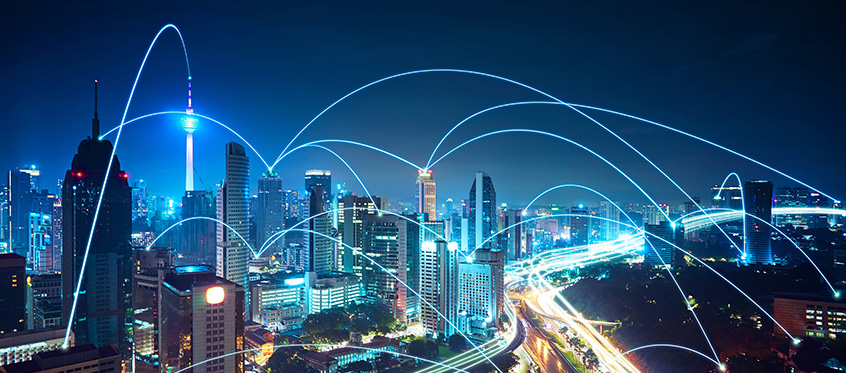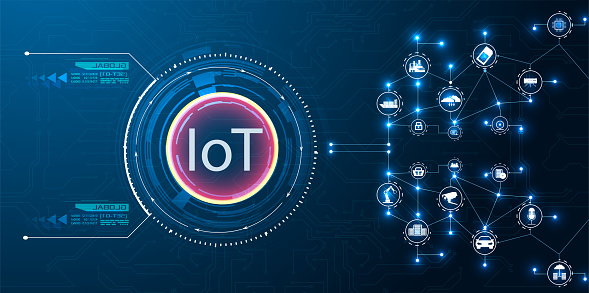This decade will be the one where 5G networks will be deployed and developed around the globe. So it seems that 5G is here to stay. However, the reality is that it will take a few years to see the changes that 5G will bring to society and the economy since demanding applications that will take advantage of the full potential of 5G technology will have to be developed gradually. According to analysts, this transformation will begin to become really visible by the middle of the decade. For the time being, the emphasis is on the need to create a new ecosystem, where telecommunications and information technology will come even closer and will also be the basis for 5G IoT. In addition, large and small companies from many industries will be invited to be involved in developing applications and solutions.
5G Evolution
Studies point out that the development of 5G networks will create new business models and new ways of working and living. This development will come through advanced digital technologies, such as the Internet of Things, artificial intelligence, Mobile Edge Computing, augmented reality, drone systems, and robotics. This will allow the emergence of innovative industry solutions, such as smart factories and logistics, smart mobility, precision agriculture, but also digital public services, digital health services, smart cities, etc.
Many of these applications look like they could come from a science fiction movie, but they are now close to becoming a reality. Autonomous driving, for which the network response must be in the range of minimum ms, is something we are already starting to see. The digital transformation will include projects that will also allow driverless trucks to run on highways. It is also estimated that 5G will be widely used to control robots in industries, while it is a prerequisite for the optimal use of the Internet of Things (IoT). Another interesting implementation concerns creating private networks in private places such as ports and airports, something that is already happening. Also, in the field of energy, we are expected to see such private networks.
Internet of Things (IoT)
The Internet of Things (IoT) is a network of physical objects, appliances, vehicles, buildings, and various other devices with integrated electronics, software, sensors, and a network connection to allow the devices to collect and exchange data. IoT allows objects to be perceived and manually controlled from all existing infrastructure networks, creating opportunities for a more immediate physical integration on computer-based systems with improved reliability, accuracy, and a resulting financial benefit.
Typically, IoT is expected to provide advanced communication on devices, systems, and services that go beyond the typical machine to machine communication and cover various protocols, fields, and applications. The interconnection of these built-in devices is expected to launch automation in all areas. At the same time, it will also put into operation advanced applications such as the smart grid and interconnected areas such as the smart cities.
The term object in the IoT refers to a wide variety of devices that could drive the change to our society. These devices include heart monitoring implants, biochip transplants in animals, integrated sensors, DNA analyzers for environmental food monitoring, or operating devices that assist firefighters in search and rescue operations.
5G IoT economic impact
5G & IoT are considered two cutting-edge technologies, being two of the pillars on which the ongoing digital revolution will depend on. The 5th generation wireless networks and the Internet of Things will change the way we communicate, work, move, and ultimately live. In the meantime, the 5G IoT combination is expected to create significant revenues to be shared among those service providers who are already preparing for the next day. The projection is that total global revenues from the ‘marriage’ of 5G and IoT will reach several billion by 2025. The amount may not be that impressive at first, but a closer look shows a huge increase, of the order of 1400% compared to the ‘mere’ 525 million dollars of the existing 5G IoT market. However, the big difference lies in the areas that will trigger the change.
On the other hand, 5G is the technology that will bring unprecedented transmission speeds and incomparable connection stability, with zero time delay. Thus, it will be possible to plant sensors and transmitters in almost every object, from a three-axle truck to the box in its body. And this is how the dense web of the Internet of Things will be completed, where everything will be interconnected. The expectation is that these 5G connections will be a valuable new revenue source for telecommunications service providers. Automotive and smart cities will consume 70% of all 5G IoT services by 2025.
5G IoT applications
5G has arrived in major cities and will continue to reach more places in the coming years. It also seems to bring with it a new reality of global interconnection. The automotive industry and smart cities will eagerly use the partnership of these two technologies over the next five years to develop new, fully networked products and the corresponding services that will accompany them.
One other major application will be cloud gaming, where the low response is of particular importance. Furthermore, many still expect that 5G will be used extensively in event venues where tens of thousands of people result in network congestion. For example, 5G cameras could be used to provide better coverage on a football match or 5G sensors to receive real-time training and medical staff data on athletes’ condition. Basically, the ideas are many since we haven’t yet fully utilized the 5G potential.
Many analysts describe the 5G IoT combination as the perfect technological storm as it will allow the connection of things on a large scale. This, in turn, will create much more data compared to what we already produce today. However, data is the necessary raw material for another long-awaited and sometimes controversial technology that is Artificial Intelligence. In other words, the path that we are now on begins with the expansion of 5G, passes through the creation of 5G IoT, to end up in 5G and Artificial Intelligence.
5G IoT in Healthcare
Another field of IoT, which is expected to grow exponentially due to 5G, is the health industry. 5G IoT can act as a catalyst, enabling even greater access to health services. It can empower patients and support them in their self-care and help their medical care, providing real-time data and additional tools for better support of the treating physician in decision-making.
Technology can offer solutions that will make patients’ and doctors’ lives easier and relieve pressure on health systems. For example, interconnected through IoT devices, will support hospital care by reducing treatment costs and follow-up of cases with chronic cases after emergency treatment. Furthermore, augmented reality and robotics will provide surgery assistance and remote specialist support, increasing the quality of care offered through digital aids and access to healthcare outside of the most advanced hospital systems. Interconnecting large-scale (IoT) devices within hospitals will allow monitoring and optimal allocation of limited resources, such as beds, medical devices, and even hospital staff. Finally, auxiliary robotics will undertake non-patient focused hospital work, such as cleaning and catering, so that medical and hospital staff can devote more time to patients.

